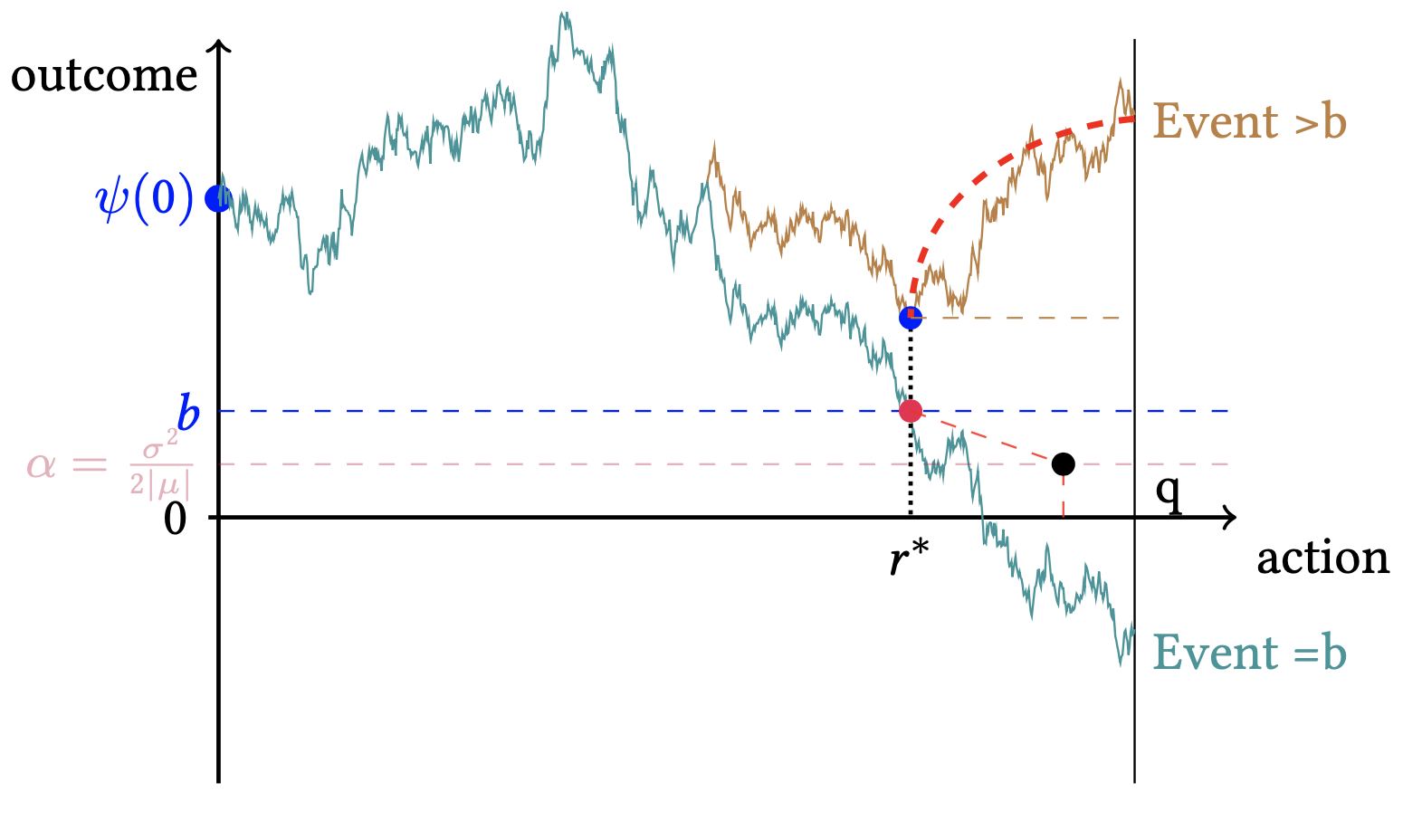Research
I am a microeconomic theorist. My research focuses on how the structure of the informational environment impacts the transmission of information, and the effect this has on outcomes and welfare. My research is divided naturally into two parts, based on whether communication is strategic or non-strategic. In strategic communication, I introduce a framework to study the complexity of the informational environment, and how it impacts the nature of communication and expert power, and what it means for the efficiency of outcomes and the resulting welfare. In my work on non-strategic communication, I study how the structure of social networks influences the ability to learn about new opportunities, and its relationship with inequality and immobility. Overall, my papers develop new models, and leverage novel techniques on stochastic processes to provide a rich representation of uncertainty in complex informational environments.
You can find an extended version of my research statement here.
Strategic Communication
Social Networks and Learning
Social Microclimates and Well-being
with Stanford Social Neuroscience Laboratory(Published in APA Emotion)

Work in Progress
A Theory of Departmental Design: Specialization vs. Conflict
with Spencer Pantoja
Strategic Disclosure of Attributes
with Steve Callander and Spencer Pantoja
Second-Order Homophily
with Ben Daviesand Matt Jackson






